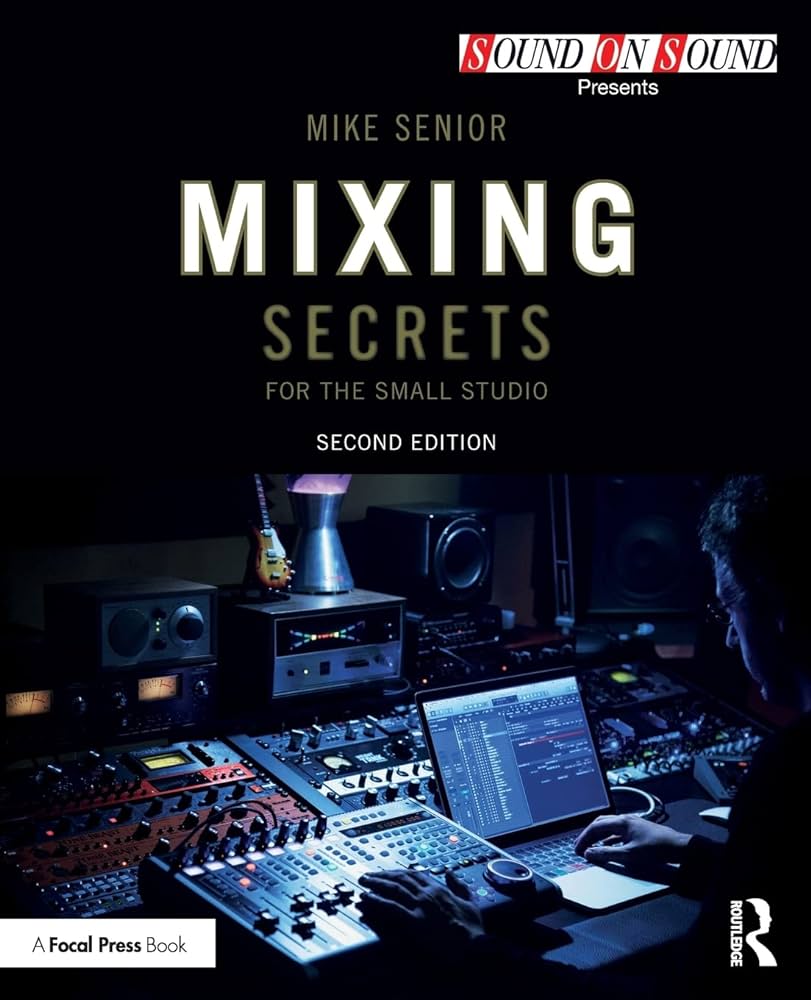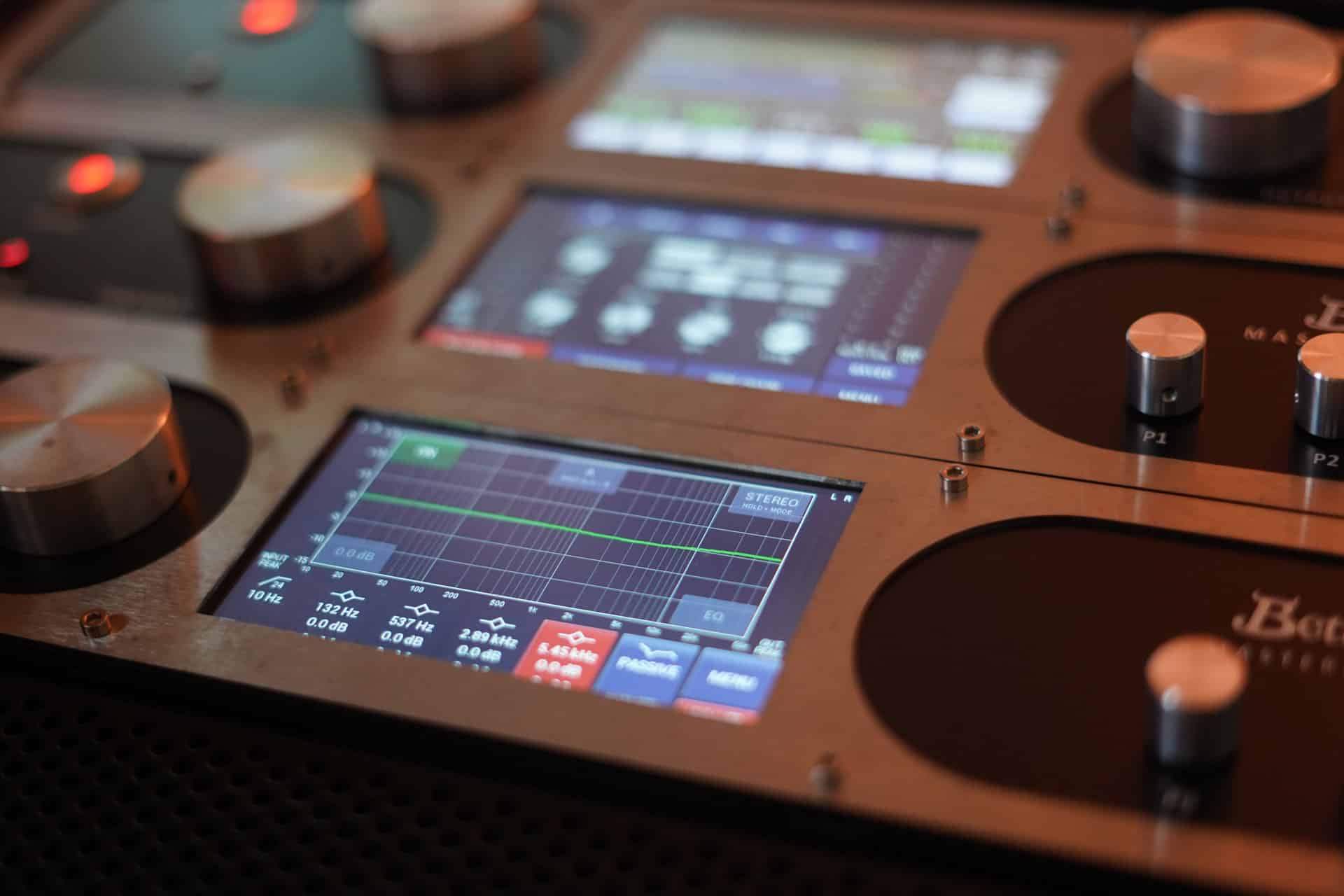Introduction
Welcome to my blog! Today, I’m excited to share with you the secrets of vocal mixing using only FabFilter plugins. In this post, I will walk you through the exact techniques and settings I use every day for EQ, compression, reverb, delay, and more. We’ll dive into three different types of vocals, and I’ll also demonstrate how to handle a vocal that was recorded in a less-than-ideal location. While the blog gives you a quick overview, watch the video for a deep dive and examples. Let’s get started!
The Importance of Presets
As some of you may know from my other videos, I love creating and using presets in the studio rack plugin. Presets are a fantastic way to maintain consistency and speed up your workflow. If you’re interested, you can get my preset on my website, or you can follow along and copy it here.
Cleaning Up the Vocal
The first step in my vocal mixing process is always cleaning up the vocal. I start with a FabFilter EQ, applying a low cut to remove unnecessary low frequencies. I adjust the low cut until I feel like I’m losing some of the lower mid-energy, usually bringing it to about 90 Hz. This helps to get rid of any unwanted “woofiness” in the vocal.
Notching Out Nasty Frequencies
One of the most crucial techniques I use is notching out nasty frequencies dynamically. This method, which I learned from Jason Joshua, involves using the FabFilter EQ to identify and notch out offensive frequencies. By applying this dynamically, we ensure that these frequencies are controlled only when they appear, leading to a more natural-sounding vocal.
Compression Techniques
Compression is key to achieving a polished vocal sound. I use a fast compressor followed by a slower one, similar to the 1176 to LA2A chain. The fast compressor catches the initial peaks, while the slower one smooths out the overall signal. I set the fast compressor to reduce about 2 dB and the slower one to add about 1 dB of gain reduction. This combination helps maintain a consistent vocal level without sounding over-compressed.
Adding Air and De-essing
To bring back some of the high-frequency energy that might be lost during EQ, I use the air knob on the FabFilter EQ. This adds a little brightness without harshness. Additionally, I apply the FabFilter de-esser to manage any remaining sibilant frequencies. Most of the time, the default settings work perfectly.
Utilizing Parallel Effects
Parallel effects such as reverb and delay can add depth and dimension to a vocal mix. I set up multiple parallel chains, including room reverb, slap delay, plate reverb, and hall reverb. I dial these effects back and gradually bring them in until they sound just right. This approach helps to create a wide and immersive vocal sound.
Mixing Different Vocal Types
In the video, I demonstrate how to mix three different types of vocals:
- Clean Pop Vocal: For a clean pop vocal, I focus on clarity and brightness, using the techniques mentioned above to ensure a polished sound.
- Country Vocal: For a country vocal, I pay special attention to reducing harshness and enhancing the vocal’s authority. I use more aggressive compression and EQ adjustments to achieve the desired sound.
- Rap Vocal: Mixing a rap vocal can be challenging, especially when recorded in less-than-ideal environments. I use dynamic EQ to notch out room resonances and control unwanted frequencies, ensuring the vocal cuts through the mix clearly.
Conclusion
Mixing vocals using only FabFilter plugins is both effective and efficient. By following these techniques, you can achieve professional-sounding vocals regardless of the recording environment. Remember to experiment with the settings and trust your ears. If you have any questions or want to learn more about the presets I use, feel free to visit my website or leave a comment below. Happy mixing!
Additional Resources
For those interested in diving deeper, I offer mixing and mastering services, as well as courses and other presets on my website. Check them out if you want to take your music production skills to the next level.








